The US central bank is winding down QE faster than planned – so why are markets bouncing?
The Federal Reserve is to speed up the pace at which it is winding down QE, its money-printing programme. But instead of going into shock, stockmarkets rose. John Stepek explains what's going on.

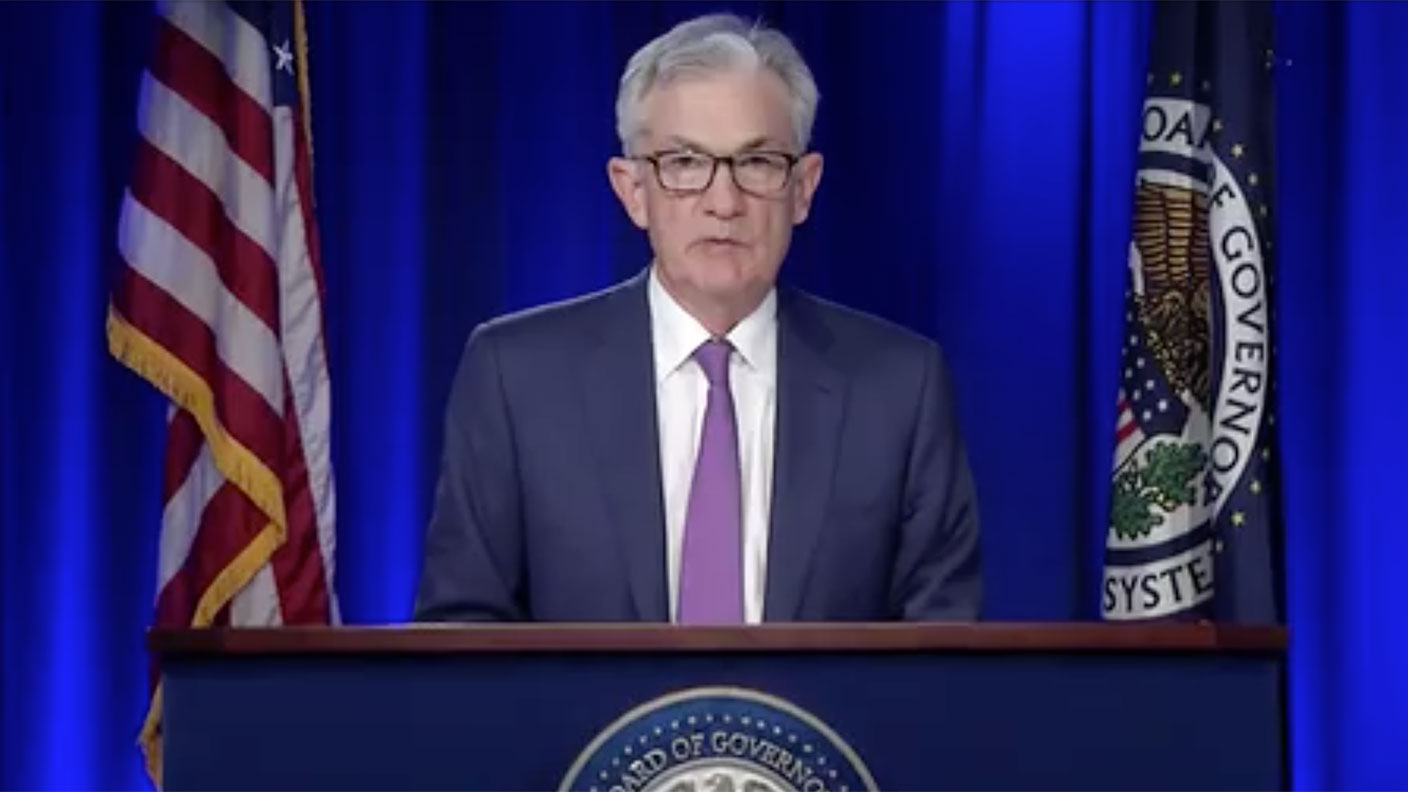
Last night, the Federal Reserve, America’s central bank, announced the results of its last interest-rate setting meeting of 2021.
Markets had been waiting with bated breath. The US central bank was expected to speed up “tapering” (ie, winding down its money printing). As it turned out, the Fed was even more “hawkish” than forecasts had suggested.
Did markets fall off a cliff in shock as a result? No, quite the opposite in fact.
MoneyWeek
Subscribe to MoneyWeek today and get your first six magazine issues absolutely FREE

Sign up to Money Morning
Don't miss the latest investment and personal finances news, market analysis, plus money-saving tips with our free twice-daily newsletter
Don't miss the latest investment and personal finances news, market analysis, plus money-saving tips with our free twice-daily newsletter
The Fed was more hawkish than expected
The Federal Reserve has decided to double the pace at which it is tapering away quantitative easing (QE). As a result, the current phase of QE will end in February. Members of the Fed’s version of the Monetary Policy Committee also expect to raise interest rates three times next year.
This is all quite a long way from the views and opinions held just a few months ago, when as many as half of those expressing a view thought that there would be no rate rises at all next year (this is the infamous “dot plot” diagrams that now accompany each meeting, showing where Fed decision makers expect interest rates to be over the coming few years).
In short, this was not a central bank which is merely content to “let inflation rip”. So the obvious question is: why did share prices shoot up after the Fed was done? And why did even gold – widely, if not entirely correctly, deemed an inflation hedge – go up?
A few things might be going on here. One is that this is just a classic of the “sell the rumour, buy the news” variety. In the run-up to the meeting, investors have been like cinemagoers at a horror film.
Just as in a horror film, the tension mounts and mounts. By the time of the big reveal, the viewers’ imaginations are running wild with what awfulness might be unveiled. But when the mask does come off, it doesn’t matter how ugly the monster is – it’ll never be quite as ugly as the audience thought it could’ve been.
Similarly, Fed boss Jerome Powell has been warming investors up for this for ages. That meant they were positioned for potential disaster by the time the actual meeting came around. Instead, they got something that sounded aggressive, but which they realised could have been worse.
So that’s one reason why markets may have rebounded: investors were hedging against a proper crash; they didn’t get it and they closed the hedges.
Another is that markets might like the idea that the Fed appears to be taking inflation seriously. At the end of the day, investors realise that there’s a point at which inflation becomes very disruptive to markets. Maybe they are betting that the Fed can prevent the worst of the inflation without necessarily tipping the whole debt pile over in the process.
The Fed still doesn’t think inflation is here to stay
However – and this is related to that last point – most of the cheery reaction might also just be because it’s clear that the Fed still thinks that inflation is “transitory”, even if it is taking it a bit more seriously.
The Fed got rid of the word “transitory”, but only because it got annoyed with people taking that to mean a fixed period of time – and a short one at that.
Instead, the Fed got its thesaurus out and found a collection of phrases and sentences that mean the same thing as what it likes to pretend it meant all along. In other words, the Fed still thinks that inflation is an issue caused by supply chain woes that will eventually be ironed out as re-opening continues.
This is backed up by the dot plot. The number of interest-rate rises might have been pulled forward, but in the longer run, there’s no indication that inflation is here to stick around. In fact, as John Authers of Bloomberg points out, “the Fed’s governors still believe that rates will never need to go higher than 2.5% where Fed funds peaked in 2019".
In other words, the Fed is still predicting a low-rate, low-inflation environment, even if it feels the need to wave a big stick around right now. Business as usual, if with a slightly growlier tone.
Powell also reassured markets that he’s aware of their fragility, and that he’s willing to change course as needs be. “If the economy were to slow, then that would slow rate increases”.
As a result of all this, investors got their “buy the dip” hats back on and pushed the Nasdaq 100 index back up from its recent slip. Of all the major global indices, the Nasdaq is one of the most tech-heavy and therefore arguably interest-rate sensitive.
Will this continue? Barring any big surprises, the biggest central bank meeting of this year is now done and Powell has reassured traders that he’s not going to pull a Paul Volcker on them. It seems likely to me that the “Santa rally” that everyone has come to expect can now kick off without fear.
But as a long-term investor, you’re not worried about what happens over the next few weeks. Instead, I think you should take this to mean that for all the talk, the Fed is not particularly concerned about inflation and remains very wary of tightening monetary policy too aggressively.
The real goal is to manage inflation of around 3%-4% a year for a good few years, without upsetting the financial apple cart. That’s going to be a real challenge, and one that I suspect will be very hard to pull off. So make sure your portfolio has some inflation insurance, and that you also have the optionality to buy as and when the inevitable bouts of panic strike.
Get the latest financial news, insights and expert analysis from our award-winning MoneyWeek team, to help you understand what really matters when it comes to your finances.
John Stepek is a senior reporter at Bloomberg News and a former editor of MoneyWeek magazine. He graduated from Strathclyde University with a degree in psychology in 1996 and has always been fascinated by the gap between the way the market works in theory and the way it works in practice, and by how our deep-rooted instincts work against our best interests as investors.
He started out in journalism by writing articles about the specific business challenges facing family firms. In 2003, he took a job on the finance desk of Teletext, where he spent two years covering the markets and breaking financial news.
His work has been published in Families in Business, Shares magazine, Spear's Magazine, The Sunday Times, and The Spectator among others. He has also appeared as an expert commentator on BBC Radio 4's Today programme, BBC Radio Scotland, Newsnight, Daily Politics and Bloomberg. His first book, on contrarian investing, The Sceptical Investor, was released in March 2019. You can follow John on Twitter at @john_stepek.
-
 ‘Why I have ditched my Help to Buy ISA for cash savings and the stock market’
‘Why I have ditched my Help to Buy ISA for cash savings and the stock market’Without the 25% bonus, my Help to Buy ISA is effectively redundant, says MoneyWeek writer Sam Walker.
-
 Is your inheritance tax allowance cut if you sell to downsize or sell your home to pay for care?
Is your inheritance tax allowance cut if you sell to downsize or sell your home to pay for care?Downsizing relief is a little-known benefit that could save your loved ones tens of thousands of pounds in inheritance tax after you’ve died.
-
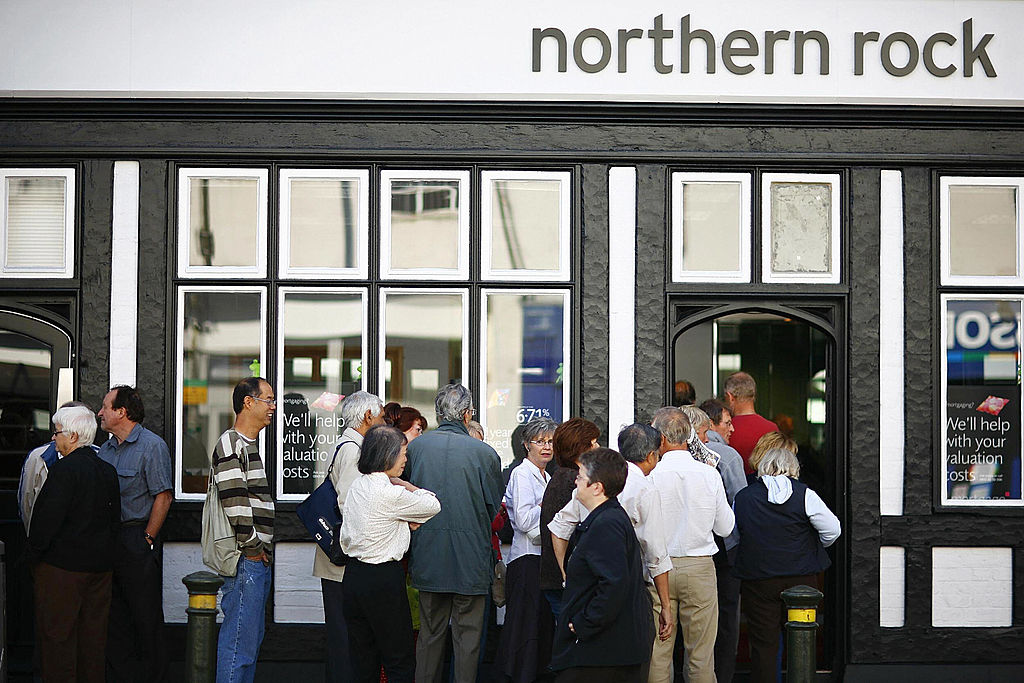 How have central banks evolved in the last century – and are they still fit for purpose?
How have central banks evolved in the last century – and are they still fit for purpose?The rise to power and dominance of the central banks has been a key theme in MoneyWeek in its 25 years. Has their rule been benign?
-
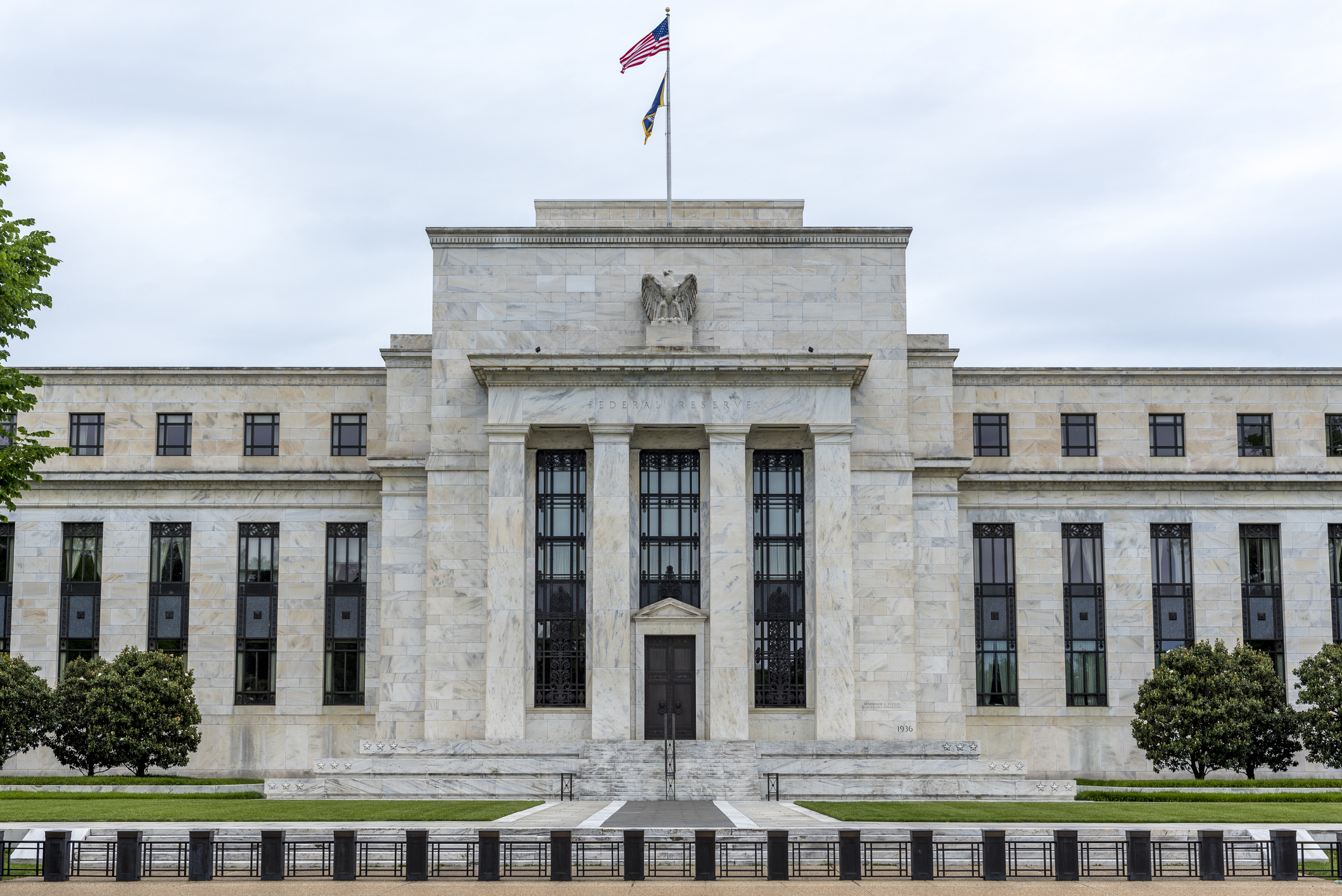 'Governments are launching an assault on the independence of central banks'
'Governments are launching an assault on the independence of central banks'Opinion Say goodbye to the era of central bank orthodoxy and hello to the new era of central bank dependency, says Jeremy McKeown
-
 Why investors can no longer trust traditional statistical indicators
Why investors can no longer trust traditional statistical indicatorsOpinion The statistical indicators and data investors have relied on for decades are no longer fit for purpose. It's time to move on, says Helen Thomas
-
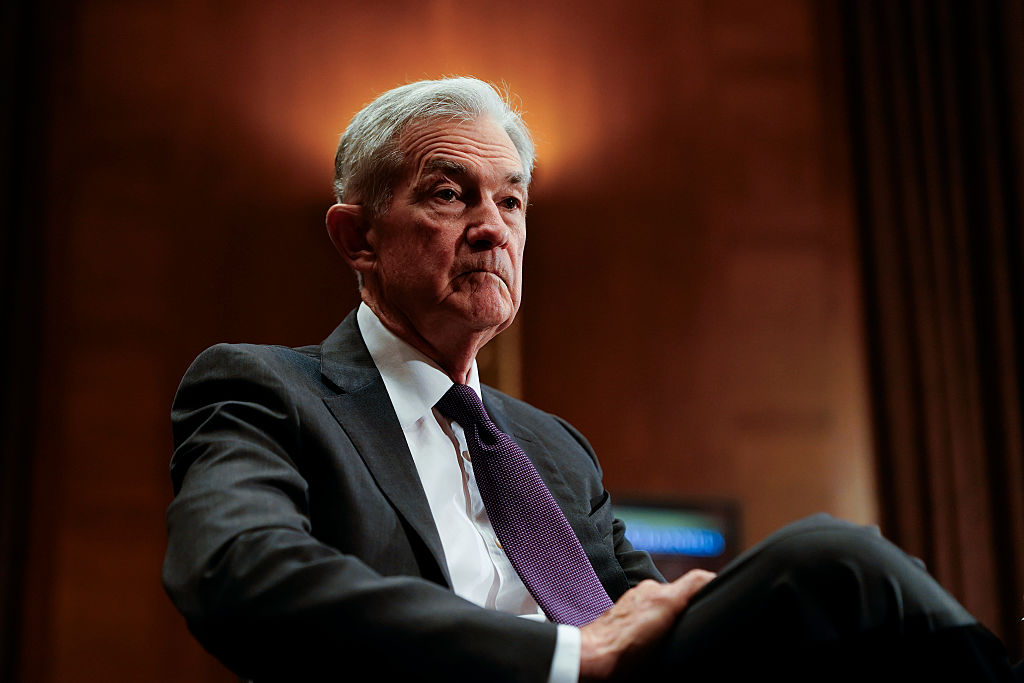 Will Donald Trump sack Jerome Powell, the Federal Reserve chief?
Will Donald Trump sack Jerome Powell, the Federal Reserve chief?It seems clear that Trump would like to sack Jerome Powell if he could only find a constitutional cause. Why, and what would it mean for financial markets?
-
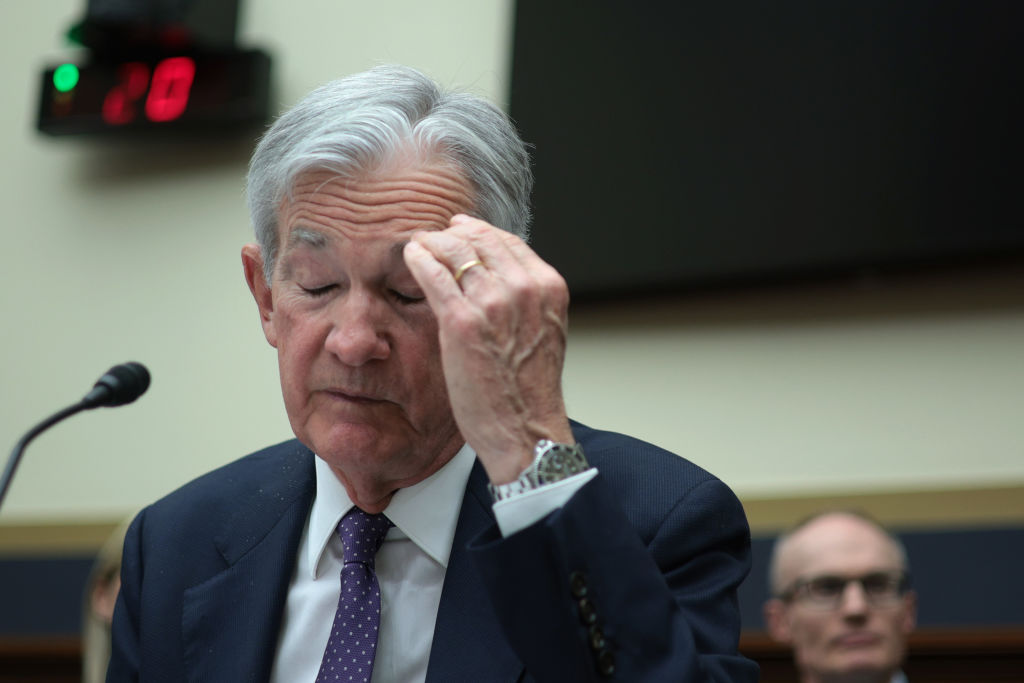 Can Donald Trump fire Jay Powell – and what do his threats mean for investors?
Can Donald Trump fire Jay Powell – and what do his threats mean for investors?Donald Trump has been vocal in his criticism of Jerome "Jay" Powell, chairman of the Federal Reserve. What do his threats to fire him mean for markets and investors?
-
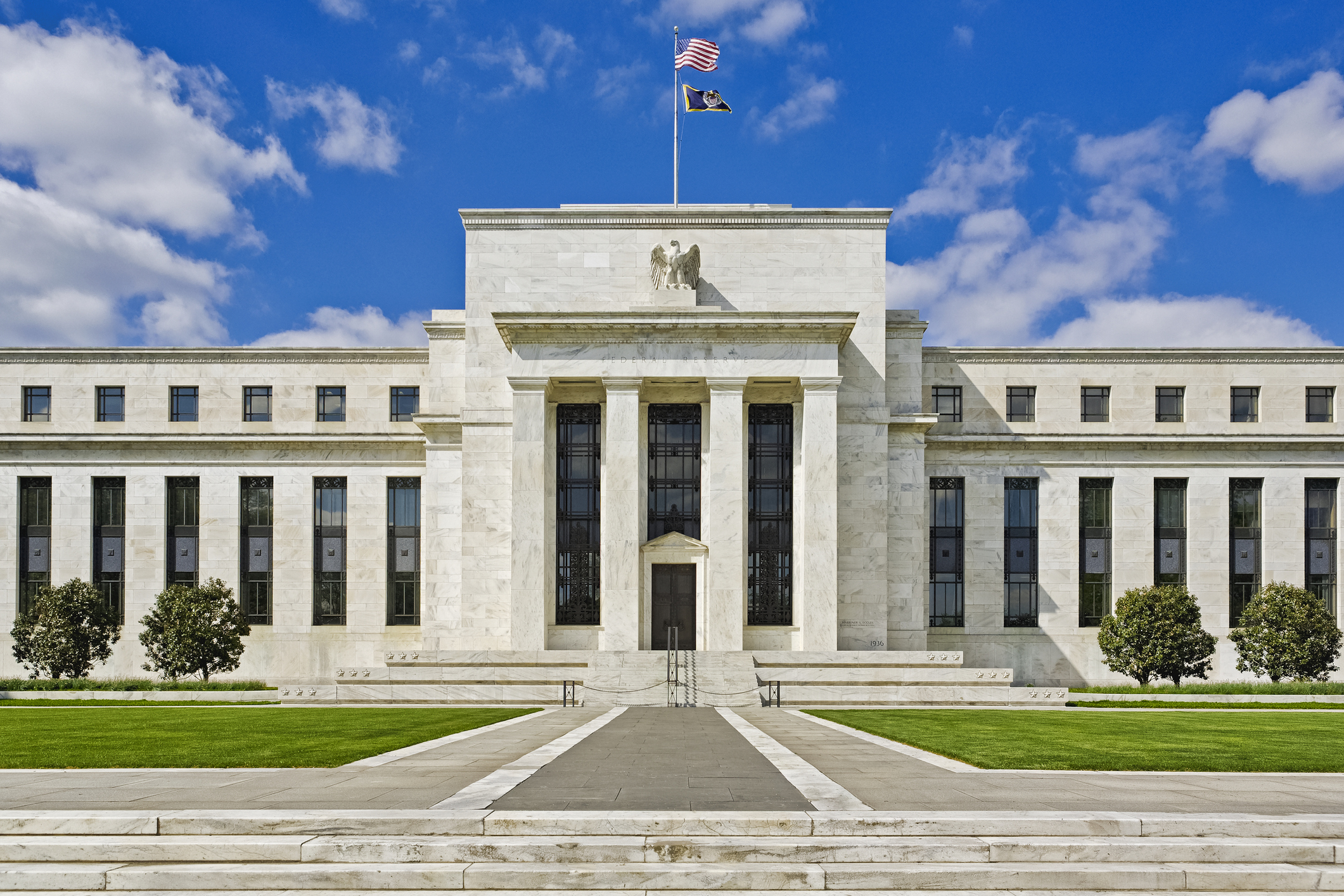 Do we need central banks, or is it time to privatise money?
Do we need central banks, or is it time to privatise money?Analysis Free banking is one alternative to central banks, but would switching to a radical new system be worth the risk?
-
 Will turmoil in the Middle East trigger inflation?
Will turmoil in the Middle East trigger inflation?The risk of an escalating Middle East crisis continues to rise. Markets appear to be dismissing the prospect. Here's how investors can protect themselves.
-
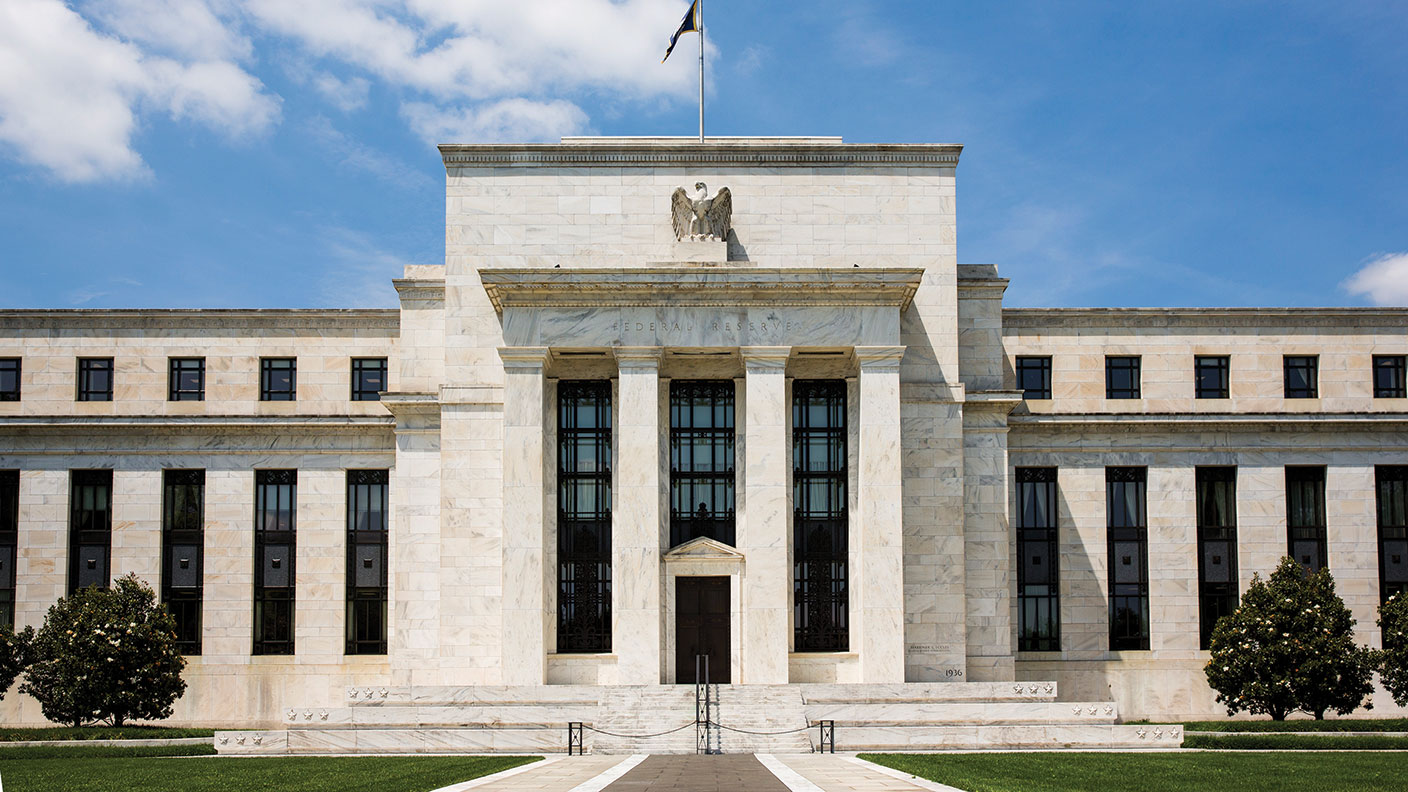 Federal Reserve cuts US interest rates for the first time in more than four years
Federal Reserve cuts US interest rates for the first time in more than four yearsPolicymakers at the US central bank also suggested rates would be cut further before the year is out
